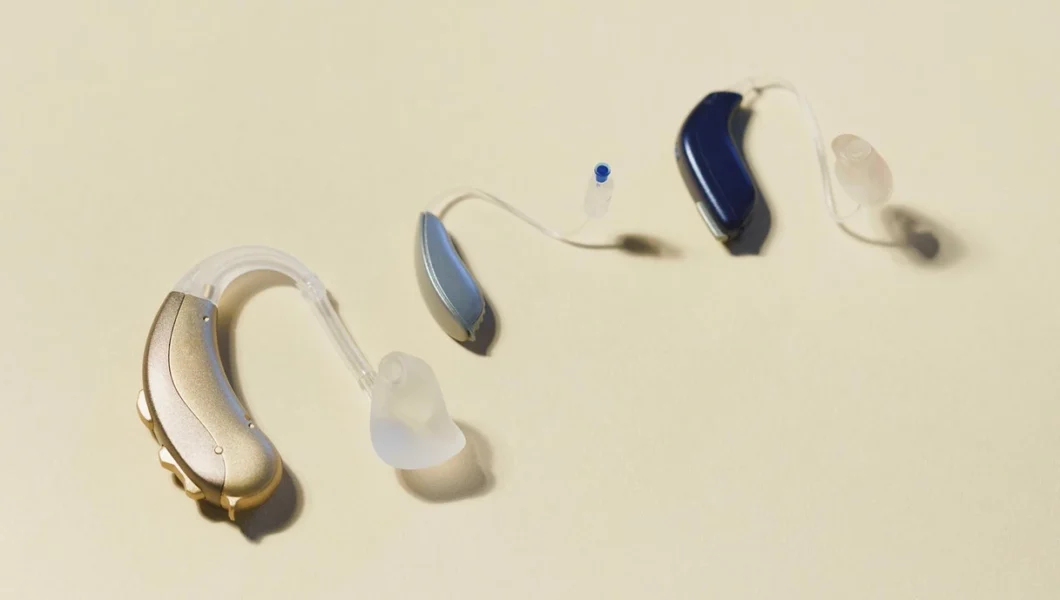Understanding the Slow Adoption of Over-the-Counter Hearing Aids
When considering the prevalent issue of hearing loss among adults in the U.S., it is essential to explore the reasons behind the low adoption rates of over-the-counter (OTC) hearing aids. The advancements in technology and the availability of these aids have not led to significant increases in their usage. This article seeks to delve into the factors contributing to this trend and shed light on potential solutions.
Challenges Faced by Individuals with Hearing Loss
Despite the availability of innovative and convenient OTC hearing aids, many individuals continue to face challenges in addressing their hearing difficulties. The gradual onset of hearing loss and the lack of clear indicators often lead to underestimation of the issue. Individuals may not be fully aware of their own struggles, leading to delayed Action in seeking appropriate solutions.
Moreover, societal stigma and misconceptions surrounding hearing loss further hinder individuals from acknowledging and addressing their condition. The absence of noticeable benchmarks makes it challenging for people to recognize the need for hearing aids, resulting in delayed intervention.
Barriers to Adoption of OTC Hearing Aids
Several significant barriers contribute to the slow adoption of OTC hearing aids. The high cost associated with traditional hearing aids has historically limited access for many individuals. The regulatory history and insurance coverage further exacerbate the financial burden faced by those in need of hearing assistance.
The limited attention given to adult hearing Health by Healthcare providers and the absence of systematic recommendations for hearing tests create a barrier to early detection and intervention. The prioritization of Other Health screenings over hearing assessments diminishes the awareness and urgency to address hearing difficulties.
Role of technology Companies in Shaping Public Perception
The emergence of consumer Audio Products, such as wearable devices and Earbuds, has garnered significant interest and adoption. The juxtaposition of the surging popularity of these Products against the low uptake of OTC hearing aids raises questions about the influence of technology companies in shaping public awareness and perception of hearing Health.
Furthermore, the standard metric introduced by the Consumer technology Association and the collaboration with hearing Health experts highlight the potential impact of technology companies in driving consumer awareness and Education about hearing-related solutions.
Addressing Adoption Challenges and Enhancing Accessibility
To overcome the prevailing barriers and improve the accessibility of hearing aids, it is imperative to address the cost constraints associated with traditional devices. Efforts to unbundle fees and provide more affordable options can significantly expand the reach of hearing aids to those in need.
Additionally, proactive measures to integrate hearing tests into routine Healthcare screenings and promote awareness about the early signs of hearing loss are crucial. Realigning the priorities within the Healthcare system to emphasize the importance of addressing hearing difficulties can lead to improved early detection and intervention.
The Impact of OTC Hearing Aids and Future Prospects
While the introduction of OTC hearing aids holds promise in enhancing accessibility, their impact and adoption rates remain a subject of interest. Despite concerns about potential market disruption, the ongoing evolution of these devices presents an opportunity to bridge the gap in hearing assistance.
The convergence of technology-driven solutions and regulatory advancements offers potential pathways to create a more inclusive and informed approach to hearing Health. By leveraging advancements in consumer technology and incorporating evidence-based interventions, there lies the potential to shift the narrative surrounding hearing aids and promote their wider adoption.
The Intersection of technology and Hearing Health
The integration of technology, including personal sound amplification Products (PSAPs) and advanced earbud Features, contributes to the expanding spectrum of options available for individuals with mild to moderate hearing loss. Notably, the continual Innovation in consumer Audio Products presents opportunities to address hearing difficulties at various levels of severity.
By exploring the convergence of technology and hearing Health, it becomes evident that the ongoing advancements offer diversified options for individuals seeking assistance. Embracing a continuum of hearing enhancement technologies facilitates personalized solutions and ensures a more inclusive approach to addressing varying degrees of hearing loss.
Embracing a Collaborative Approach
As the landscape of hearing Health continues to evolve, fostering collaboration between Healthcare providers, technology companies, and regulatory entities is integral to driving positive change. By aligning efforts to promote awareness, affordability, and accessibility, a collaborative approach can effectively address the prevailing challenges and barriers hindering the widespread adoption of hearing aids.
Furthermore, leveraging data-driven insights and evidence-based research can steer the development of innovative solutions and interventions that resonate with the diverse needs and preferences of individuals with hearing difficulties.
Conclusion
The slow adoption of OTC hearing aids underscores the multifaceted nature of the challenges and barriers prevalent in addressing hearing loss. By understanding the intricacies of these dynamics and embracing a collaborative and inclusive approach, it becomes possible to augment the adoption rates and enhance the accessibility of hearing assistance.
As technology continues to play a pivotal role in shaping the landscape of hearing Health, the convergence of Innovation, affordability, and awareness holds the potential to transform the narrative surrounding hearing aids and create a more inclusive and informed approach to addressing hearing difficulties.
Source: popsci








No Comments